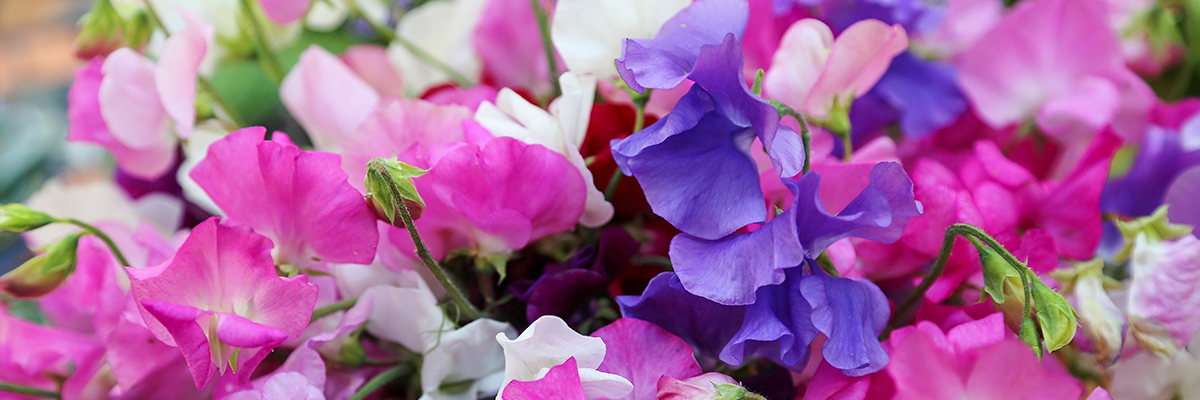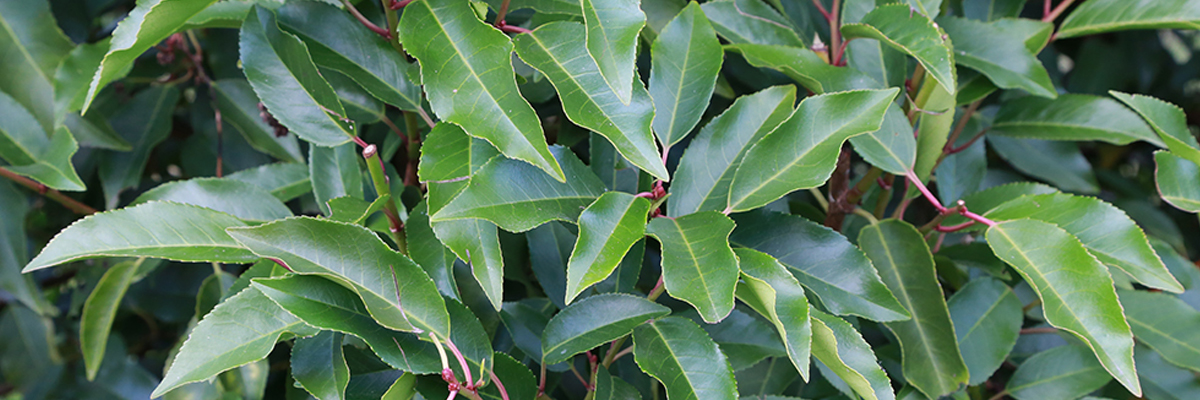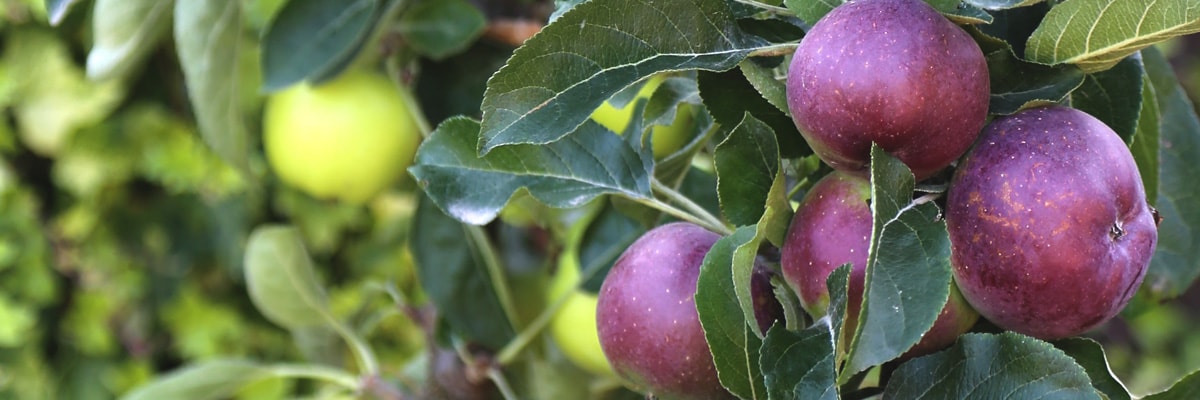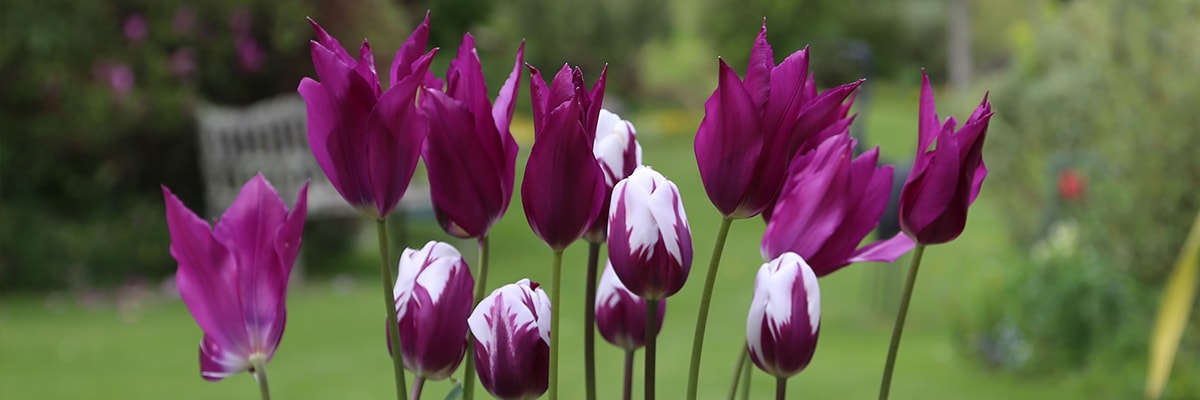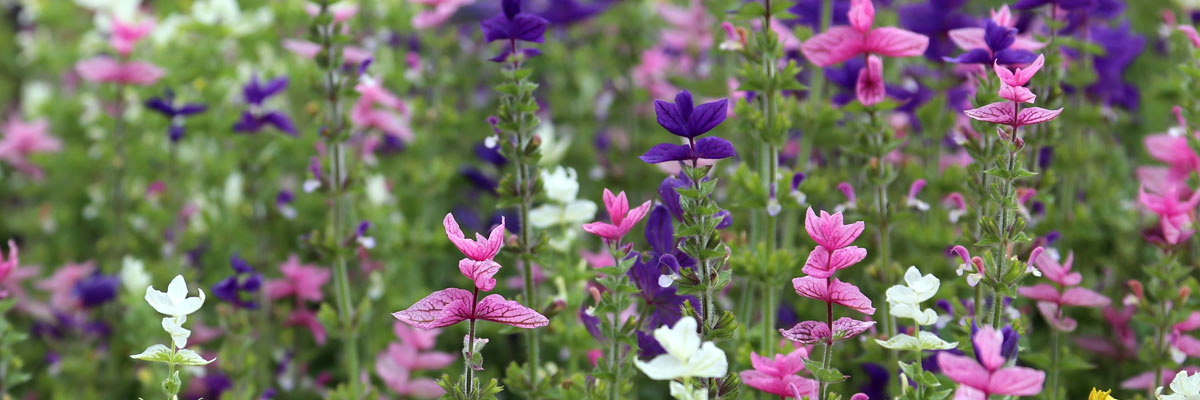What can we help you with today?
Latest Gardening Advice & Projects
 View Project
View ProjectGrowing Agapanthus
Agapanthus (African Lily or Lily of the Nile) are glorious, sun-loving plants which produce large, spherical flower-heads which brighten up any border, pot or container. Typically planted in late-March through to early-April, they tend to flower from mid-summer through to early-autumn bringing much needed colour into the changing season. Whilst agapanthus are easy to grow, getting them to flower is slightly trickier, but when they do, they look stunning....Sorry, your search term did not find anything. Please try something different.
Seasonal Products for Your Garden
Latest News and Blogs from Vitax
-

Tips for the garden - April
As we know, gardening is weather dependent and whilst April is known for its showers, this month has started with less-than-ideal gardening conditions. The promise of warm weather ahead, is... Read More »
-

Tips for the garden - March
And we’re off! Sometimes preparing for the new season can feel like a marathon, but as we get closer to the main growing season it turns into a sprint! The tumultuous weather has... Read More »
-

Tips for the garden - February
Spring is in the air! February is a bit of a mixed bag when it comes to the jobs we can do in the garden and very much determined by the weather. Possibly one of the coldest... Read More »
Your login details have been used by another user or machine. Login details can only be used once at any one time so you have therefore automatically been logged out. Please contact your sites administrator if you believe this other user or machine has unauthorised access.




